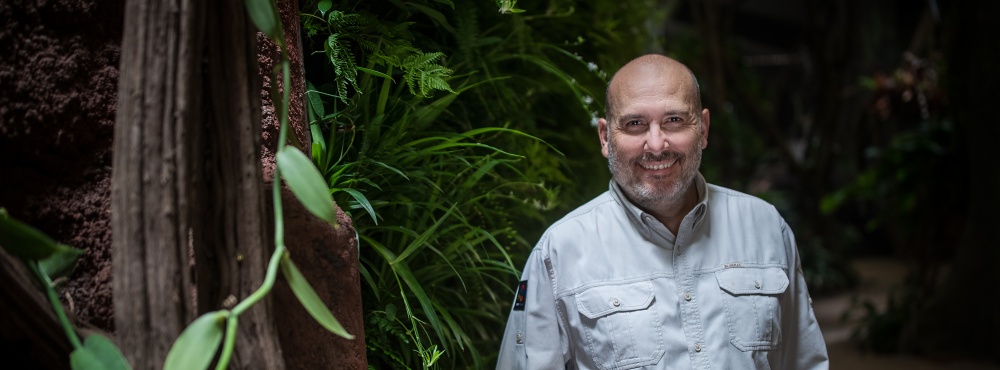The latest on the gorillas at Prague Zoo

Last Friday afternoon, the CASA military plane that brought us the female gorilla Duni from Spain landed at Prague-Kbely airport. Another big step had been successfully completed – and we have to thank the Air Force of the Czech Army and the Ministry of Defence of the Czech Republic for the invaluable help they gave us.
The nine-year-old Duni, daughter of the famous Moja, started her journey yesterday in Cabárceno, just after eight o'clock in the morning. For weeks beforehand, however, the keepers had been training Duni to enter the transport box, and, as a result, there were no problems when loading her. She was then driven to the airport in Santander. There, a CASA army plane was ready and waiting to fly her back to the Czech Republic, having been on a training exercise in Zaragoza.
The departure from Santander was delayed by about an hour due to a strike by air traffic controllers in France, but that was the only complication the transport had. The CASA landed in Prague-Kbely at 17:00 and about an hour later Duni got out of the transport box and into the background section at Prague’s Dja Reserve. She was calm and relaxed and soon started exploring her new surroundings.
We were relieved – but anxiously waited to see how Kisumu, the male we had brought from Schmiding, Austria, a week earlier, would react to her. At first, they were introduced to each other through the grille, and we were not too pleased when Kisumu showed signs of apprehension. Last Saturday morning Martin Vojáček, the head keeper, wrote, “Duni is asking Kisumu to play, and he looks like he doesn’t know how to handle it.”
Last Saturday, Duni also left the boxes in the rear facilities for the first time and got acquainted with the exposition. Then on Monday it was time to put her with Kisumu. We were quite concerned about how it would go. Would there be a fight and perhaps even serious injuries? So that Duni had the opportunity to escape from Kisumu, the keepers opened all the “doors” between the boxes and into the exhibit; although some of them only partially, so that Duni could quickly get through whilst they would slow Kisumu down.
In fact, our fears were completely unfounded. Duni and Kisumu sat down next to each other, looked at each other for a while – and from that moment on they have been an almost inseparable pair. They walk around together, Duni following Kisumu, and there have even been attempts at mating.
So, it’s all going very well so far. I didn’t write “excellent” because Kisumu is charging the people behind the exposition glass. This is simply the manifestation of his fears and frustrations about change of environment and it will undoubtedly take some time for him to adjust and for this behaviour to calm down. Likewise, we must not forget that we have yet to see Kisumu and Duni meeting with Kijivu, Shinda, Kamba and Ajabu.
So, what about Richard and his sons in the old pavilion? “When you visit them, you won't believe they haven’t been living together like this for years,” wrote Martin Vojáček. “Kiburi and Nuru often muck about together, and the burden of responsibility for a group of females and their cubs seems to have dropped from Richard’s shoulders. He’s enjoying the peace and calm and watches his sons play, sometimes even joining in with them with great gusto.”
ZOOPRAHA.CZ
Contacts
- The Prague zoological garden
U Trojskeho zamku 120/3
171 00 Praha 7
Phone.: (+420) 296 112 230 (public relations department)
e-mail: zoopraha@zoopraha.cz
Others








